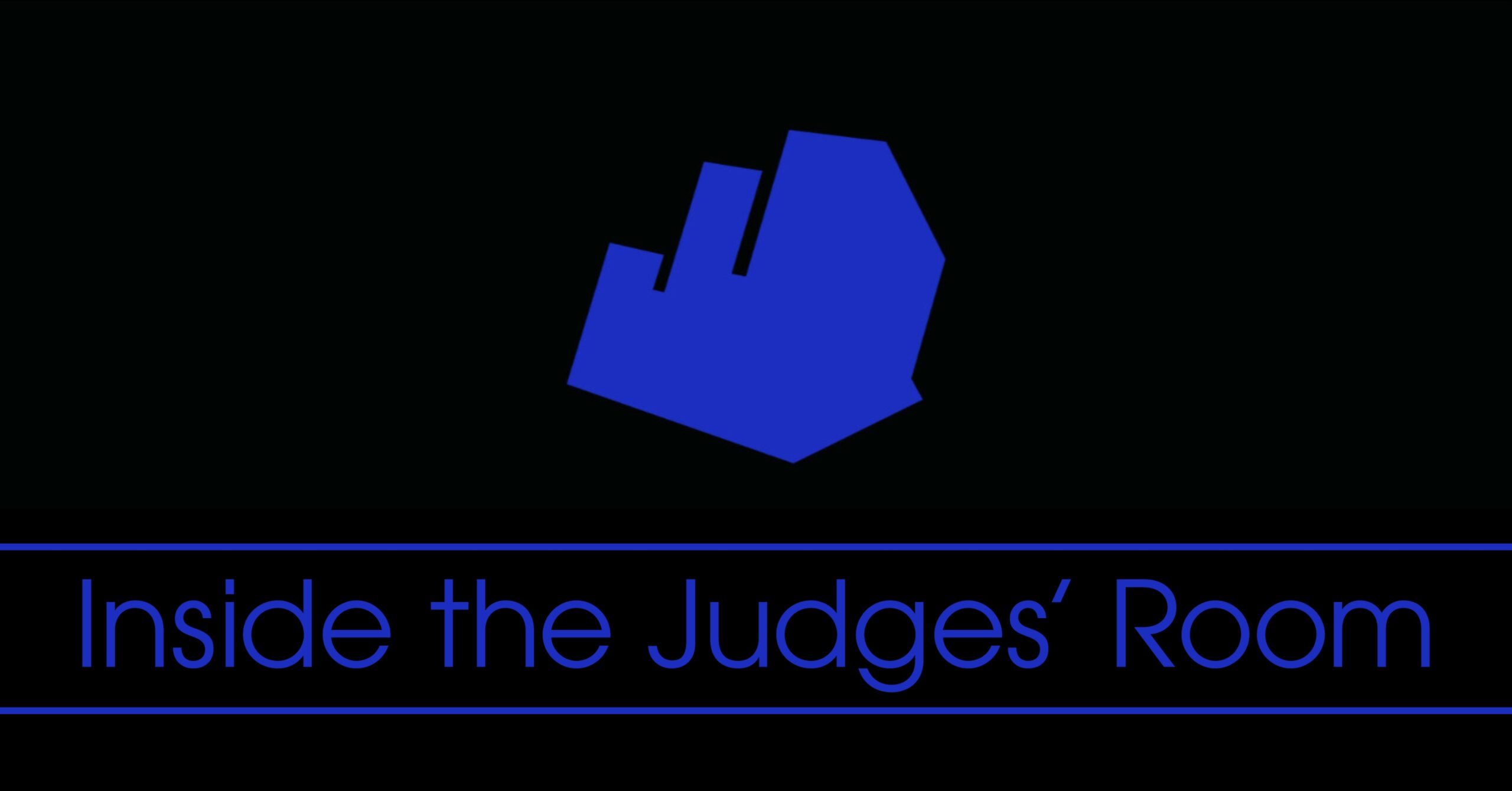
The Maharashtra Dyslexia Association (MDA) was established in 1996 to advocate for students with dyslexia, a learning disability which reportedly affects one in ten Indians but whose impact is largely unknown to the average person. In an effort to increase awareness and improve conditions for students with dyslexia, the MDA sought a creative campaign that would inspire empathy in the students’ parents and teachers.
Together with agency partner McCann Worldgroup India, MDA developed “The Dancing Letters,” an interactive book that brought the challenges of dyslexia to life. The project led to the to the establishment of dyslexia awareness and empathy-building programs in schools across the Maharashtra region.
The campaign won three Effies in the 2019 Effie Awards India competition: two Silvers in the Healthcare Services & Direct Marketing categories and one Bronze in Brand Experience: Combination (Live, Virtual/360).
Rajesh Sharma, VP, Strategy & Head of Planning at McCann Worldgroup India shares the story behind the effective work.
What were your objectives for “The Dancing Letters”?
RS: Imagine that one-tenth of all school-going children in India needlessly suffer due to a condition that gets no awareness campaigns or sensitization programs. Now imagine that 10% of the entire nation of more than a billion people grows up deficient in learning, with no will to continue learning because they are made to believe they are learning-challenged and they don’t ‘fit’ within the education system.
Most Indian schools do not have courses and programs to help children with learning disabilities, and teachers are not generally trained to deal with these issues. Rather, many schools offer extra classes and re-orientation programs, which hammer in the same methods of instruction, progressively worsening the learning experience and aggravating the issue.
Maharashtra Dyslexia Association (MDA) is a not-for-profit organization committed to securing the rights of students with dyslexia (also known as a ‘Specific Learning or Language Disability’) to an appropriate education. MDA was started in March 1996 by a group of parents and professionals with a mission of creating awareness about dyslexia within the educational community and the general public and advocating for the rights of these students.
Our 3 objectives:
- Create awareness of dyslexia in schools in Mumbai and Maharashtra – the footprint areas for the Maharashtra Dyslexia Association. We wanted to get at least 50 schools across Maharashtra to start a program for students with dyslexia.
- Sensitize the support community – parents and teachers – towards the condition. Make dyslexia a central topic of discussion in the Parent Teachers’ Association meetings in Mumbai.
- Increase school partnership with Maharashtra Dyslexia Association: Increase the number of dyslexia workshops from the current 3 workshops per year to 30 in the academic year 2017– 2018.
What was the strategic insight that drove the campaign?
RS: This si what a learniug-disableb chilb often has to contenb with when affempting to reab a dook.
How you just read the above line is the everyday reality of students with dyslexia.
Our research with the parents and teachers of students with dyslexia revealed a distressing gap in the understanding of the condition their kids and students went through.
Most measured the kids’ learning aptitude through traditional classroom methods like reading and writing. But the reality of dyslexia is that some printed letters and words don’t really make much sense. While parents and teachers tried to ‘rectify’ the gaps in learning, they were ignorant of the reality that these were exactly the approaches that would worsen the situation.
It can be depressing for a child to not be able to read, something all their friends can do with ease. And an adult’s reaction to this situation can carry through an entire lifetime: the refusal to help and then applying labels or characterization (“lazy,” “doesn’t work hard”) can be simply cruel and destructive.
Our research with dyslexic kids told us that many were incredibly creative and some aced their IQ tests in school. They scored average or above average in non-verbal reasoning tests and had an eye for details other kids did not. But most were embarrassed about their inability to read and had come to a realization that they weren’t as good at it as their classmates.
THE INSIGHT: While kids with dyslexia make superhuman efforts to rise up to the standards of the demanding world they live in, the world hardly makes an effort to return the favor.
What was the big idea, and how did you bring the idea to life?
RS: Mass awareness and sensitization programs require extensive workshops and meetings that the Maharashtra Dyslexia Association could not afford. School administrations that were unaware of the condition weren’t willing to apportion resources for these.
A TRUE REALISATION OF THE NATURE OF THE PROBLEM WAS THE REAL SOLUTION.
Our strategy was to get the dyslexia-unaware world on the other side of the dyslexia divide.
In the mind of a dyslexic kid, alphabets and numbers reverse, flip or jumble up. This makes it harder for them to read. Dyslexic students within the age group 6-11 years took us through letters, words and symbols that they often misunderstood. Teachers and parents know the main symptom – when children write differently – but are unaware of the condition that causes this.
THE BIG IDEA: AN INVITATION TO THE WORLD OF THE DANCING LETTERS
Within a 15-page book, we brought the world of dyslexic kids alive. The book used fun and interactive typography to showcase the predicament of the dyslexic kid as well as the solution.
What was the greatest challenge you faced when creating this campaign? How did you approach that challenge?
RS: Our biggest challenge was the budget. Dyslexia does not get the priority it deserves in Indian schools. MDA campaigns are mostly run on public contributions. We had to work out a solution within $1,500 USD.
How did you measure the effectiveness of the effort?
RS: In a span of a year, we were able to enroll 272 schools in the Maharashtra Dyslexia Association Program, thus increasing MDA’s reach five-fold.
In the first six months of the campaign, we enrolled 76 schools to dedicate two PTA meetings in a year towards understanding and supporting students with dyslexia.
The book also helped increase the number of school workshops on dyslexia by 120%.
The book is now in several school libraries across Maharashtra and will soon be printed in local languages as well.
What is the biggest learning about marketing effectiveness that readers should take away from this case?
RS: When it comes to cause-related campaigns, there is a tendency amongst campaign creators to take a higher moral ground. I believe posturing can create consumer indifference towards the message. Real change happens when we make our consumers important stakeholders in the change we want to see.
Rajesh Sharma is VP, Strategy, & Planning Head at McCann Worldgroup, Mumbai, India.





































































